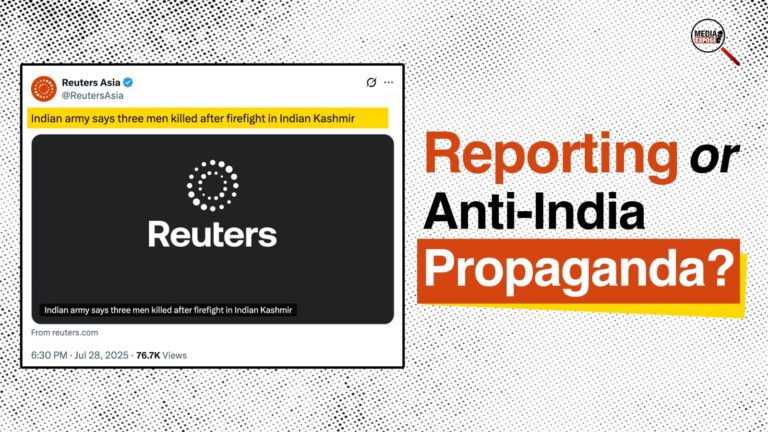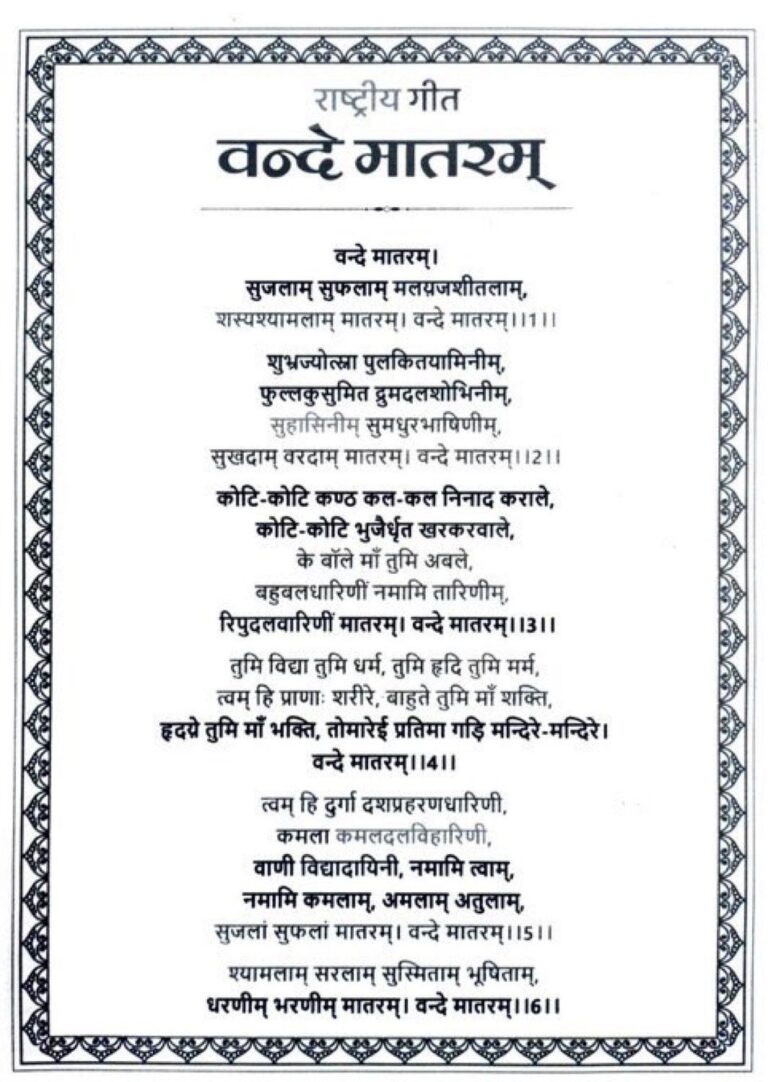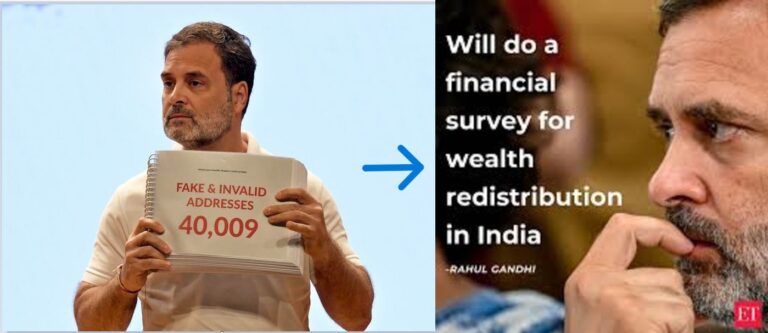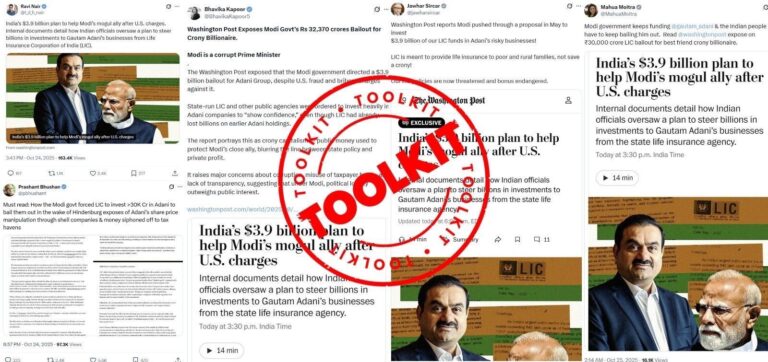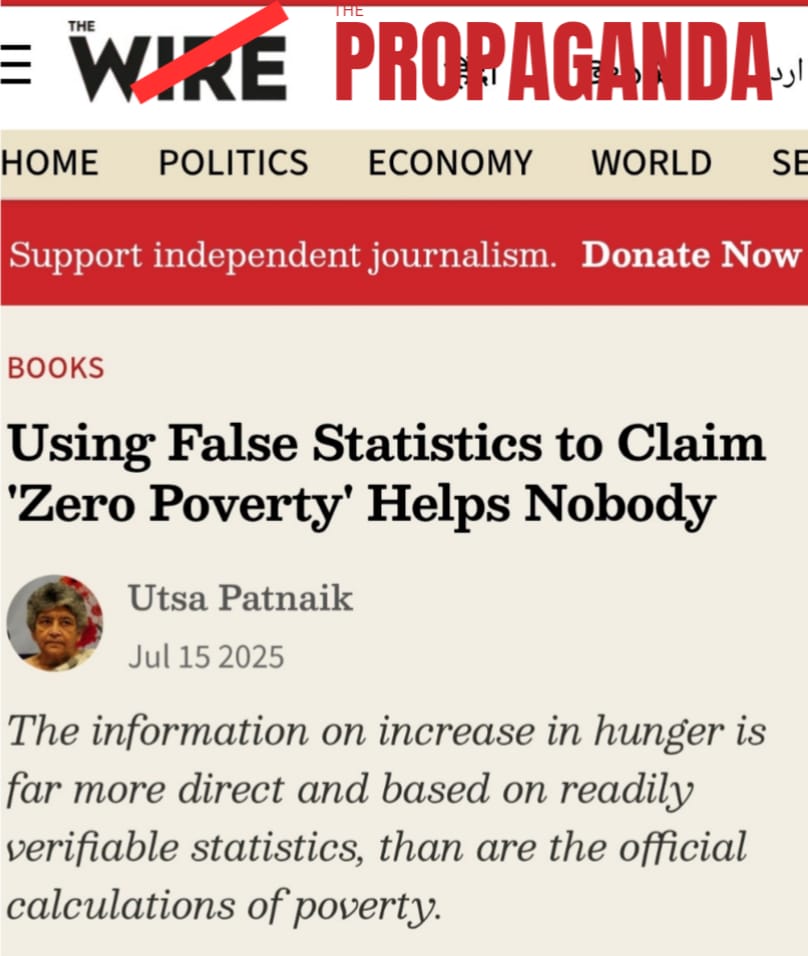
When truth doesn’t fit the narrative, distort the truth. That seems to be the editorial mantra of The Wire, whose latest piece by Utsa Patnaik — “Using False Statistics to Claim ‘Zero Poverty’ Helps Nobody” — is less an article and more a politically motivated tantrum dressed as economic critique.
In a world where global institutions, governments, and independent economists acknowledge India’s monumental poverty reduction, The Wire wants you to believe they’re all in on some grand conspiracy. Because of course, World Bank economists and National Statistical Office professionals lie — but a politically affiliated columnist with a vendetta doesn’t. Makes perfect sense.
Let’s break this propaganda down.
The 5% Poverty Claim: False or Just Inconvenient?
Patnaik is livid about NITI Aayog’s assertion that poverty in India is down to 5%. Her main weapon? The age-old trick of misrepresenting the poverty line.
Yes, the official Tendulkar poverty line (Rs 27/day rural, Rs 33/day urban in 2011-12) is low. But it’s not arbitrary — it’s aligned with India’s historical methodology and adjusted using standard price indices. When updated for inflation, it serves as a benchmark to measure trends, not absolute deprivation.
But what does Utsa Patnaik conveniently ignore?
In short, either everyone’s data is lying, or The Wire is allergic to progress.
Hunger ≠ Consumption Poverty
Patnaik’s pièce de résistance? Stunted and wasted children, and a UN report saying 74% of Indians can’t afford a “nutritious diet.”
Yes, malnutrition is a problem. But malnutrition ≠ poverty, especially when poverty is defined by consumption or income.
By conflating hunger stats with income poverty, Patnaik turns a real problem into a false equivalence. That’s not analysis — it’s agenda.
Wage Data Cherry-Picked to Paint Doom
The article claims 190 million workers earn ≤Rs 100/day (in 2010 prices). But:
Yes, India faced a shock. But to use 2021 trauma to describe 2025 India is like calling a recovering ICU patient terminal — it’s dishonest.
“Data Gaps = Government Lies”? Try Again.
Patnaik recycles an old grievance: suppression of the 2017-18 consumption survey. But she forgets to mention:
Moreover, the World Bank, IMF, and global institutions — not NITI Aayog — are validating the progress. But hey, why trust economists when you have The Wire?
The Real “Hoax” Is the Article Itself
Calling India’s poverty reduction a “hoax” is like calling a vaccine a scam because not everyone got 100% protection. India hasn’t eliminated poverty, but it has lifted hundreds of millions out of it — fact.
Even the UNDP’s 2023 Multidimensional Poverty Index says 24.82 crore Indians escaped multidimensional poverty between 2013 and 2022. And it wasn’t magic. It was governance, welfare expansion, Jan Dhan, Ujjwala, Ayushman, free food schemes, and rural infrastructure.
But to Patnaik and The Wire, facts only matter when they confirm a pre-decided worldview. Otherwise, they’re “false statistics.”
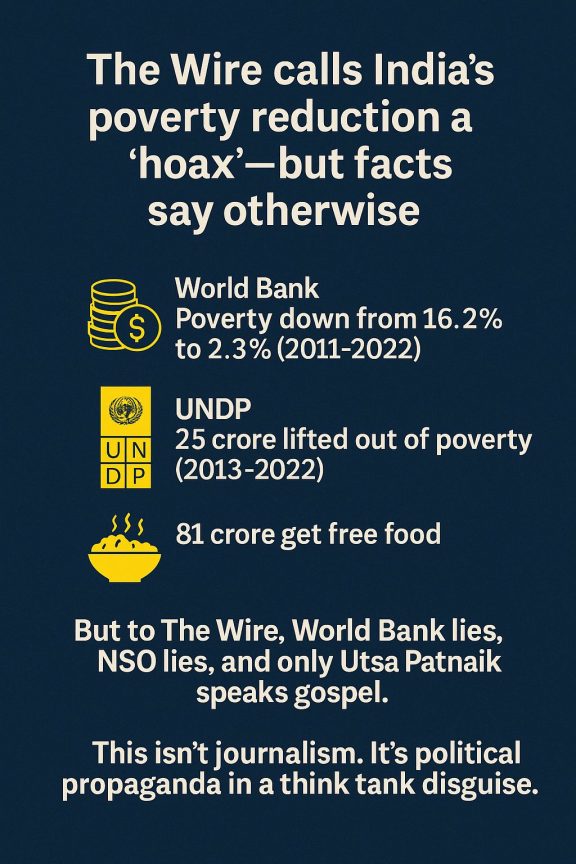
Final Thoughts: Who’s Really Misleading Whom?
The Wire claims “false statistics help nobody.” Agreed.
But what helps even less is ideological journalism that gaslights progress, delegitimizes data, and demoralizes a nation striving for development.
If the World Bank, UNDP, IMF, and national surveys are all part of a “hoax,” maybe the problem isn’t the numbers — maybe it’s The Wire’s lens.
.
Author : Sandeep Gandotra, is a serial entrepreneur, startup founder, social media influencer and political analyst with 25 years of overall experience. Tweets at Sandeep Gandotra



